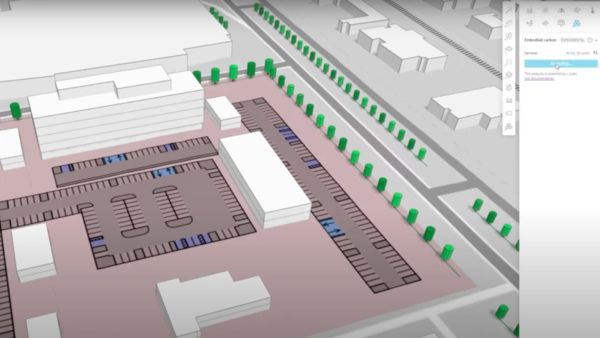Just as sustainability saw an explosion in “greenwash” – the sometimes spurious claims about the “greenness” of various products or services – so building information modelling has seen frequent “BIMwash”, with firms asserting that they are already delivering Level 2 or even Level 3 BIM. The fact that the government’s BIM Task Group had not yet defined a full set of Level 2 components did not appear to hinder the hype. However, recent announcements will mean that, from early 2015, such BIM competence claims may more easily be substantiated.
On 22 September, the Technology Strategy Board, now Innovate UK, announced that a team led by NBS had won a £1m contract to take forward development of a Digital Toolkit for BIM, creating the last two building blocks of Level 2: the digital Plan of Works (dPOW) and a classification system for construction objects.

The toolkit should also help UK firms export BIM skills, practices, procedures and standards – some, like PAS1192:2, are set to become internationally-recognised ISO standards – and apply them in other markets, in the EU and beyond.– Paul Wilkinson
The award follows a two-stage competition to examine the feasibility of the project. The first stage attracted around 70 expressions of interest, including a strong submission from a pan-industry group of professional institutions (known as C8), but just three bidders were selected to submit proposals for the second stage.
NBS – whose team was advised by the BIM Academy, BDP, Laing O’Rourke, Microsoft and Newcastle University – is contracted to deliver the first elements of the toolkit in early 2015, and then maintain it as a free-to-use industry resource for a minimum of five years. This commitment was too onerous for the C8 consortium, but NBS has since courted members’ continued involvement.
Richard Waterhouse, chief executive of RIBA Enterprises, which owns NBS, said: “We already have the backing of key organisations such as CIBSE, CIOB, ICE, IStructE, RIBA and RICS and we will be extending and widening this dialogue over the coming months.” The institutions will form part of a Toolkit Advisory Board providing direction and will also potentially undertake subcontracted work.
The dPOW will become an important resource to help technology vendors provide a Common Data Environment to support sharing of structured data across a project. The classification development will see the existing Uniclass 2 classification system clarified, reworked and extended to ensure comprehensive and international coverage of all professions’ needs across all disciplines, including infrastructure projects, says Waterhouse.
Read related articles
- John Eynon: Is NBS becoming the Google of BIM?
- RIBA offshoot wins £1m contract to develop BIM model checking system
NBS will ultimately be the “guardian” of the BIM Toolkit. It will be able to use the expertise and experience it gained in creating the toolkit to offer other value-added products or services, but the toolkit itself will remain freely available to UK construction, effectively funded by NBS’s complementary commercial activities. (In fact, Waterhouse expects it will need to be freely available for longer than five years as some sectors will lag in developing BIM expertise).
The resource should also help UK firms export BIM skills, practices, procedures and standards – some, like PAS1192:2, are set to become internationally-recognised ISO standards – and apply them in other markets, in the EU and beyond. (NBS will be applying such standards to the toolkit).
This internationalisation of UK protocols was something anticipated in Richard Saxon’s Growth Through BIM report for the CIC last year. France and Germany’s governments are already talking about mandating BIM from 2017, and there is keen interest in Australasia and Southeast Asia, both strong markets for UK firms.
While many UK architecture, engineering and construction businesses appear keen to exploit BIM, some have been adopting a wait-and-see approach, pending the completion of the Level 2 roadmap. Meanwhile, client owner/operator organisations are also beginning to realise that BIM can help improve the operation and management efficiency of their built assets across their lifecycles.
Ultimately, this is what will drive and reinforce BIM adoption. As clients start to insist on more efficient procurement, delivery and future management of their facilities (TotEx), their suppliers will be striving to innovate. Linking “smart” built assets, connecting both historic and real-time data, aggregating it and integrating it with metrics from key business or organisation processes, will help owners identify what makes customers spend more, students learn more, patients recover faster, office workers be more productive, etc.
This may seem like utopian future-gazing, but it’s about owners’ business outcomes. Data will be the key connector, and the BIM Toolkit is an important stepping stone towards that brave new world.
Paul Wilkinson, a technology consultant specialising in construction collaboration tools, blogs at http://www.pwcom.co.uk















